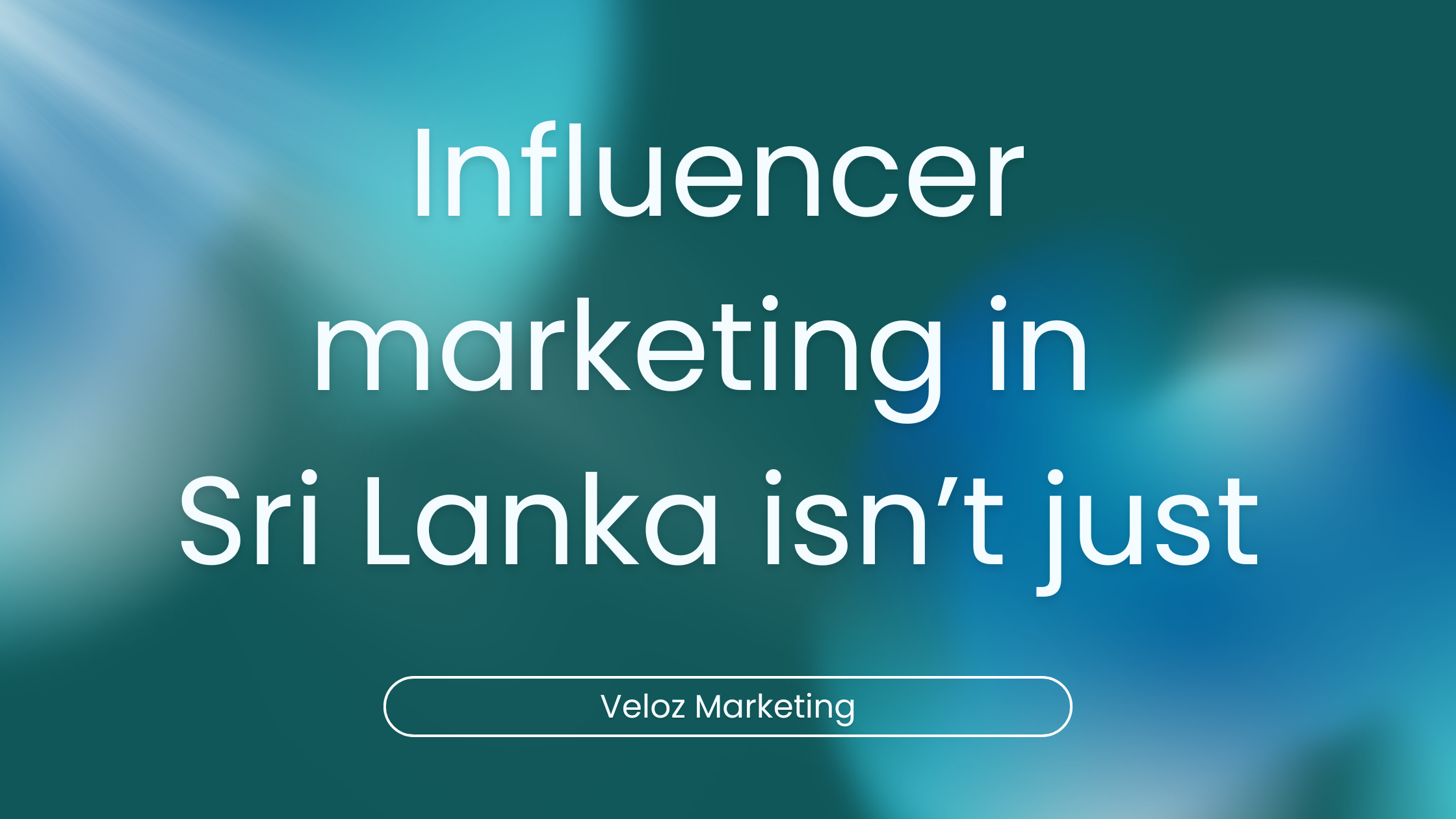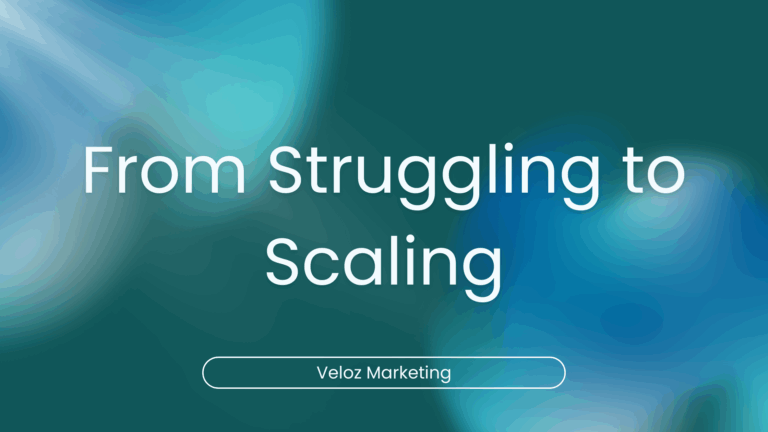
In a digitally saturated world, Sri Lankan consumers are no longer just passive audiences—they’re active participants. They follow, engage, and even buy based on the voices they trust most: influencers. As smartphone use and social media consumption soar across the island, influencer marketing is no longer a trend—it’s a strategic necessity.
1. Sri Lanka is a Mobile-First Nation
With over 11 million social media users in Sri Lanka, platforms like Instagram, TikTok, and Facebook are where most consumers spend their time. Influencers dominate these spaces—especially among Gen Z and millennial audiences. Partnering with local creators means meeting your audience where they already are, in formats they already trust.
2. Trust Beats Traditional Ads
Consumers are increasingly ad-blind. Influencers offer something different—authenticity and relatability. When a local micro-influencer promotes a product, it feels like a recommendation from a friend. That trust directly translates to action: clicks, sign-ups, and sales.
3. It’s Cost-Effective and ROI-Focused
For SMEs in Sri Lanka, influencer marketing offers strong ROI with lower costs than traditional media or high-budget digital ads. With the right strategy, even a small brand can tap into niche audiences and drive real results—whether it’s brand awareness, conversions, or content creation at scale.
4. You Tap Into Cultural Relevance
Influencers in Sri Lanka know how to speak the local language—literally and metaphorically. They understand regional dialects, trends, and what’s culturally resonant. A Colombo-based fashion influencer, for example, can help a brand feel modern and aspirational, while a Sinhala-speaking content creator in Kandy can make it feel grounded and local.
5. Influencers Are Content Powerhouses
Beyond reach, influencers deliver high-quality, native content—photos, videos, reels—that can be repurposed across your digital channels. This reduces your content production burden while maintaining consistency in tone and aesthetics.
6. Performance Can Be Measured
Gone are the days of “spray and pray” campaigns. With platforms like Instagram Insights, TikTok Analytics, and third-party tools, brands can track metrics like engagement rates, reach, conversions, and ROI—making influencer marketing highly data-driven and scalable.
7. It Works for Every Industry
Whether you’re selling skincare, real estate, fintech, or food, there’s an influencer niche in Sri Lanka for you. From fashionistas and foodies to finance gurus and travel bloggers, the local influencer ecosystem is diverse and growing.
Conclusion:
In 2025 and beyond, influencer marketing in Sri Lanka isn’t just a nice-to-have—it’s a growth engine. For brands that want cultural relevance, digital reach, and performance-driven results, influencer partnerships should be built into the core marketing strategy.



Hi, this is a comment.
To get started with moderating, editing, and deleting comments, please visit the Comments screen in the dashboard.
Commenter avatars come from Gravatar.
Good shout.
Nice
GY